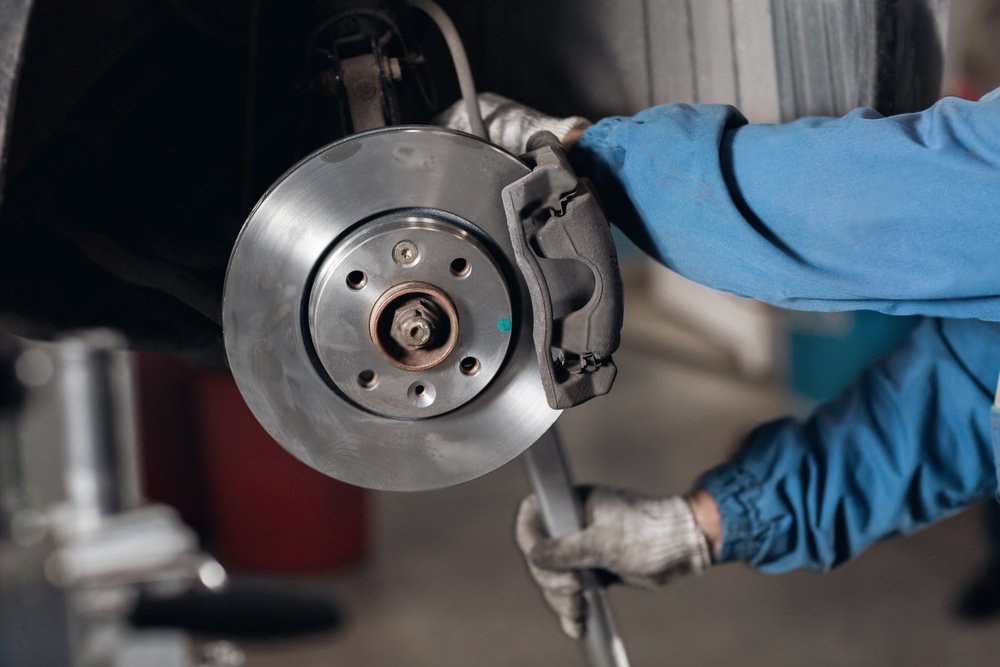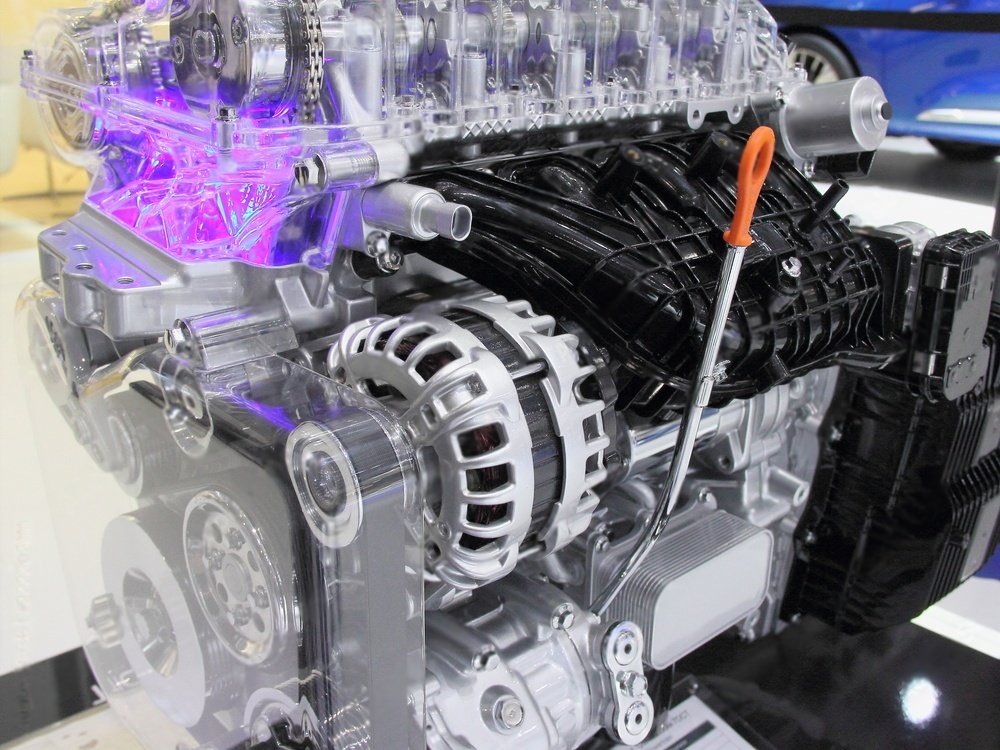Reparation og Udskiftning af Bremseskive
Introduction
Brake discs, also known as brake rotors, are essential components of your vehicle’s braking system, responsible for slowing down or stopping the vehicle by creating friction with the brake pads. Over time, brake discs may wear out or develop issues that affect their performance, leading to diminished braking effectiveness and potential safety hazards. Repairing or replacing faulty brake discs is essential to maintain reliable braking performance and ensure the safety of you and your passengers on the road.
Why Brake Disc Repair and Replacement Matters?
Brake discs play a crucial role in the braking process, and any issues with them can compromise your ability to stop the vehicle safely. Common signs of worn or damaged brake discs include squealing or grinding noises during braking, pulsation or vibration in the brake pedal, and decreased braking responsiveness. Ignoring these signs can lead to increased stopping distances and potential brake failure.

Ensures Reliable Braking Performance
Repairing or replacing faulty brake discs is crucial to ensure that your vehicle can brake reliably and effectively in various driving conditions. Properly functioning brake discs provide the necessary friction to slow down or stop the vehicle safely.
Improves Vehicle Safety
Maintaining properly functioning brake discs enhances vehicle safety by reducing the risk of accidents and collisions. Worn or damaged brake discs can lead to longer stopping distances and increased likelihood of rear-end collisions or loss of control in emergency braking situations.

Steps Involved in Brake Disc Repair and Replacement
Repairing or replacing faulty brake discs is a critical maintenance task that requires proper tools and expertise. Below are the main steps involved:
1. Diagnose the Issue
Before proceeding with repair or replacement, diagnose the problem to determine whether the brake discs are indeed the cause of the braking issues. This may involve inspecting the brake discs for signs of wear, scoring, or warping and measuring their thickness to ensure they are within specifications.
2. Remove the Wheels
To access the brake discs, start by safely lifting the vehicle and removing the wheels. This may require the use of a jack and jack stands or a hydraulic lift. Once the wheels are removed, you’ll have clear access to the brake discs and calipers.

3. Inspect Brake Discs
Carefully inspect the brake discs for signs of wear, scoring, or warping. Look for deep grooves, uneven wear patterns, or discoloration, which may indicate that the discs need to be replaced. Measure the disc thickness using a micrometer to ensure they meet the manufacturer’s specifications.
4. Replace Brake Discs
If the brake discs are worn beyond their service limit or show signs of damage, they should be replaced. Remove the brake calipers and brackets to access the brake discs, then remove the old discs and install new ones in their place. Ensure that the new discs are properly aligned and torqued to the manufacturer’s specifications.
5. Reassemble and Test
Once the new brake discs are installed, reassemble the brake calipers and brackets, and reinstall the wheels. Lower the vehicle to the ground and torque the wheel lug nuts to the manufacturer’s specifications. Before driving, pump the brake pedal several times to seat the brake pads against the new discs, then test the brakes at low speeds to ensure proper operation.
Benefits of Brake Disc Repair and Replacement
Repairing or replacing faulty brake discs offers several benefits, including:
Enhanced Safety
Properly functioning brake discs ensure reliable braking performance and reduce the risk of accidents and collisions on the road.
Improved Braking Performance
New or resurfaced brake discs provide better friction and heat dissipation, resulting in smoother, more responsive braking.
Long-Term Reliability
Replacing worn or damaged brake discs with new ones ensures long-term reliability and peace of mind, allowing you to drive confidently knowing that your vehicle’s braking system is in optimal condition.
Prevention of Costly Repairs
Addressing brake disc issues promptly helps prevent potential brake system failures and costly repairs down the line, saving you time and money in the long run.
Conclusion
Brake disc repair and replacement are essential maintenance tasks that help ensure reliable braking performance and enhance vehicle safety. By diagnosing and addressing brake disc issues promptly, you can maintain safe driving conditions for yourself and others on the road. If you suspect a problem with your brake discs or braking system, consult a qualified mechanic or automotive service professional for diagnosis and repair.



